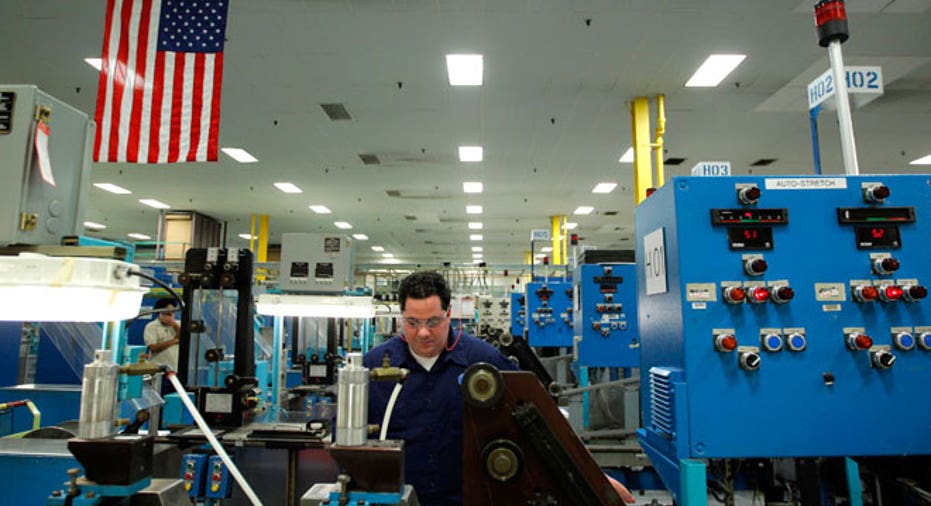Study: American Firms Get A for Management

When it comes to business management, award-winning Stanford professor Nick Bloom says the United States is on top of the world. Earlier this week, U.K.-born Bloom was awarded the Ewing Marion Kauffman medal, a $50,000 prize given annually to a scholar under 40 who has distinguished himself in the study of entrepreneurship. Bloom’s recent work takes a look at manufacturing businesses in 30 different countries, including the United States. “American firms are incredibly well-managed on our chart. They have the best management practices in the world,” says Bloom. He says it’s unsurprising that for the most part the best-known global companies are headquartered in the U.S. “There’s been a lot of pessimism around America losing its global crown, and that the 21st century will be the Chinese century, but the U.S. has a massive advantage. Businesses are creative, innovative and also incredibly well-managed, making a lot of money home and abroad,” says Bloom. While he says it remains unclear whether manufacturing in the U.S. will make a huge comeback in the 21st century, he believes American firms will continue to design the most sought-after products – even if they are physically produced elsewhere. Bloom says these are the four practices that set the U.S. and other top countries, such as Japan, Germany, Sweden and Canada, apart from the rest:No. 1: Collect data. Bloom says good managers collect data and analyze it frequently to spot problems, before they get out of control. “If the machines are running slowly, drill down into why are the machines running slowly, and why are they not being maintained properly,” says Bloom.No. 2: Create incentives. Incentives are what separate the U.S. from the second-best country for management, Japan. Bloom says in Japan, employees are usually promoted based on tenure, rather than on performance alone, which he says is a negative. “Good performers should get noticed and rewarded. Data should be used to evaluate people for pay increases and promotions,” says Bloom.No. 3: Work closely with underperformers. On the flip side, Bloom says great managers also pay attention to employees that aren’t standing out in a good way. “Pick them out and quickly train them to turn themselves around,” says Bloom.No. 4: Set the just-right targets. When it comes to creating company goals, Bloom says it’s imperative that managers find a happy medium. “Targets should be tough but realistic. On the one side, if you give people targets that are too easy, they’ll slack off,” says Bloom. Conversely, he says targets that are too hard to reach will encourage employees to cut corners. “BP had incredibly tough managers, and employees could only make [targets] by skipping on safety, which led to the Gulf of Mexico,” says Bloom. While goals should push staffers, they shouldn’t be impossible to reach.